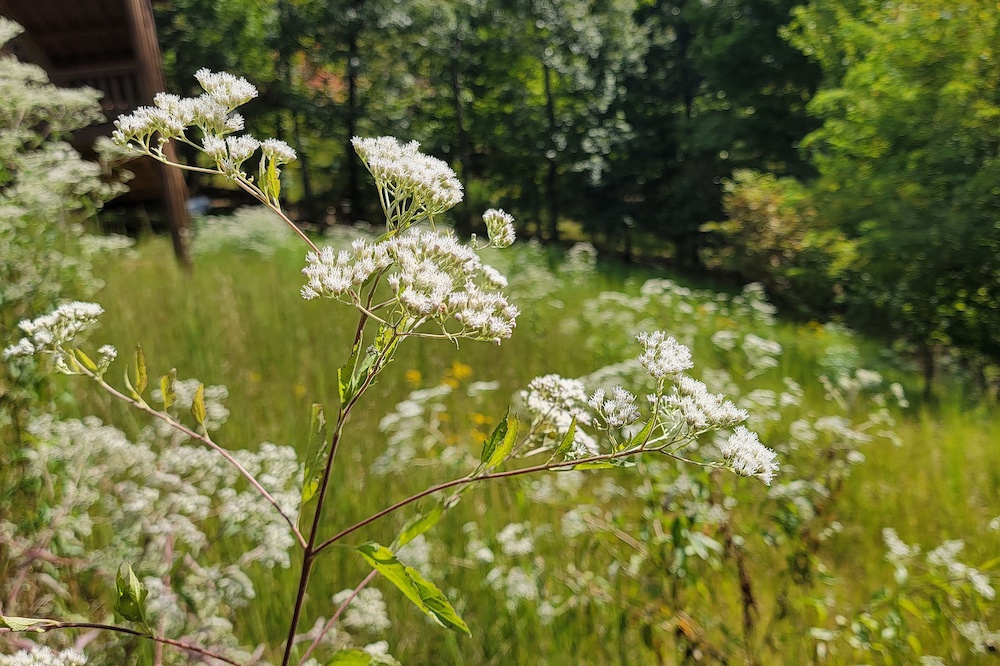Many insects are hardly ever seen because they are so well camouflaged. But if you look close enough in your garden or nearby woods, you might see a stick insect, which can become a good pet.
Stick insects require minimal care. Most species thrive if fed on fresh blackberry leaves. Give them cages with water, fresh food, warmth and high humidity. They are delicate, so handle carefully to avoid breaking off a leg or antenna.
Hard to see in the landscape
Stick insects aren’t uncommon, but their cryptic appearance means we seldom realize how many are around us. Like other insects, there truly is more to them than meets the eye.
Stick insects are wingless and move slow, so they don’t disperse over long distances. Their ability to remain motionless for long periods of time permits them to imitate plant parts and evade predators.
Eats leaves, but doesn't damage crops
Harmless to humans, stick insects eat plant leaves, but they don’t occur in enough numbers to damage plants or crops. They have a wide host range, including rose bushes, apple trees, and numerous weeds and vines.
But watch out for the unusual species of stick insect called the musk mare, which is also called two-striped walking stick, devil’s riding horse or witch’s horse. These equestrian allusions probably refer to the fact that the smaller male is commonly found on top of the much thicker female, as though he were riding her. These stick insects are more than three inches long and wider than the common green or brown stick insects.
The musk mare produces a repellent chemical that is exuded from glands behind its head. This repels large predators like birds, and small predators like ants and beetles. If sprayed into the eye, this liquid can cause pain and temporary blindness.










